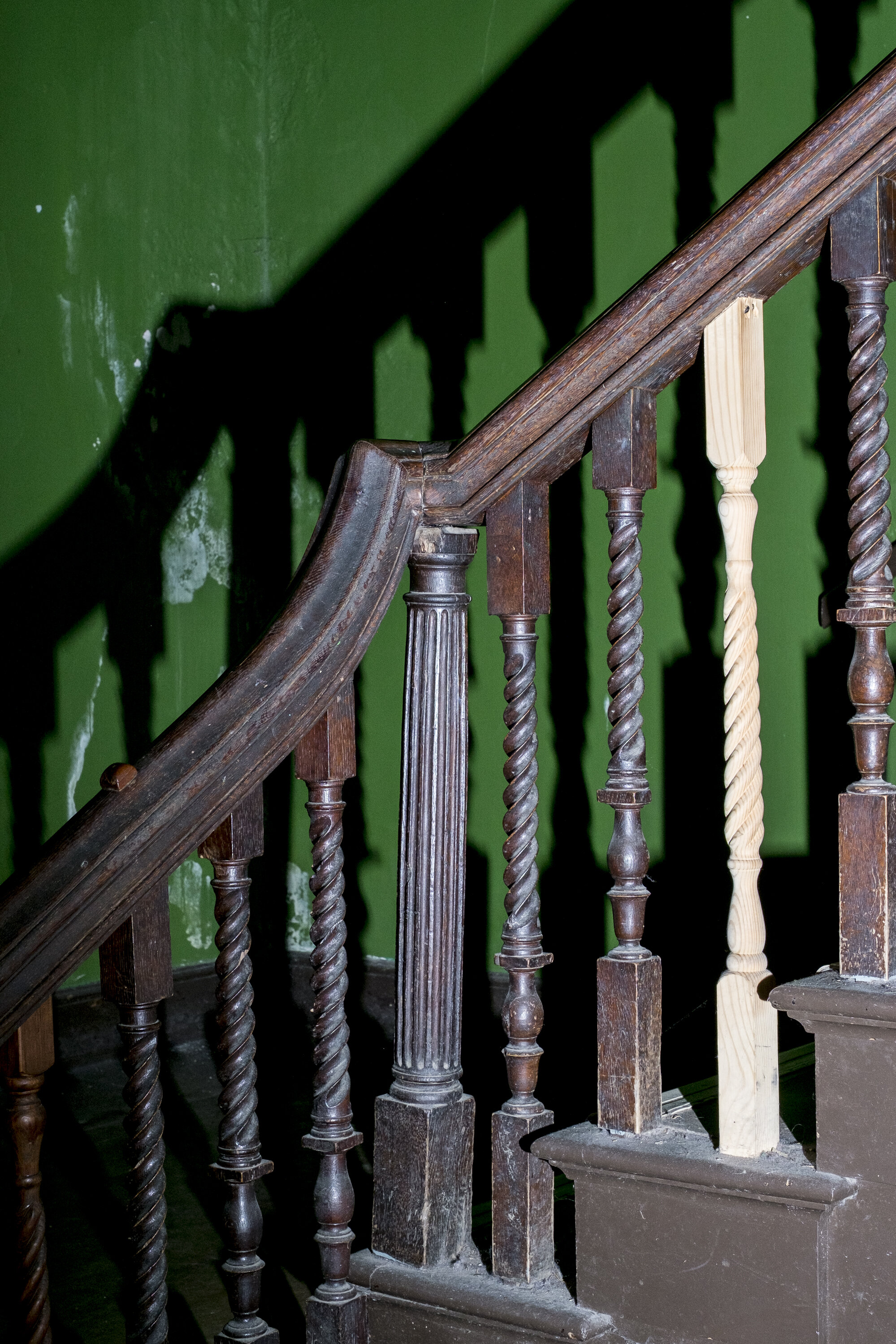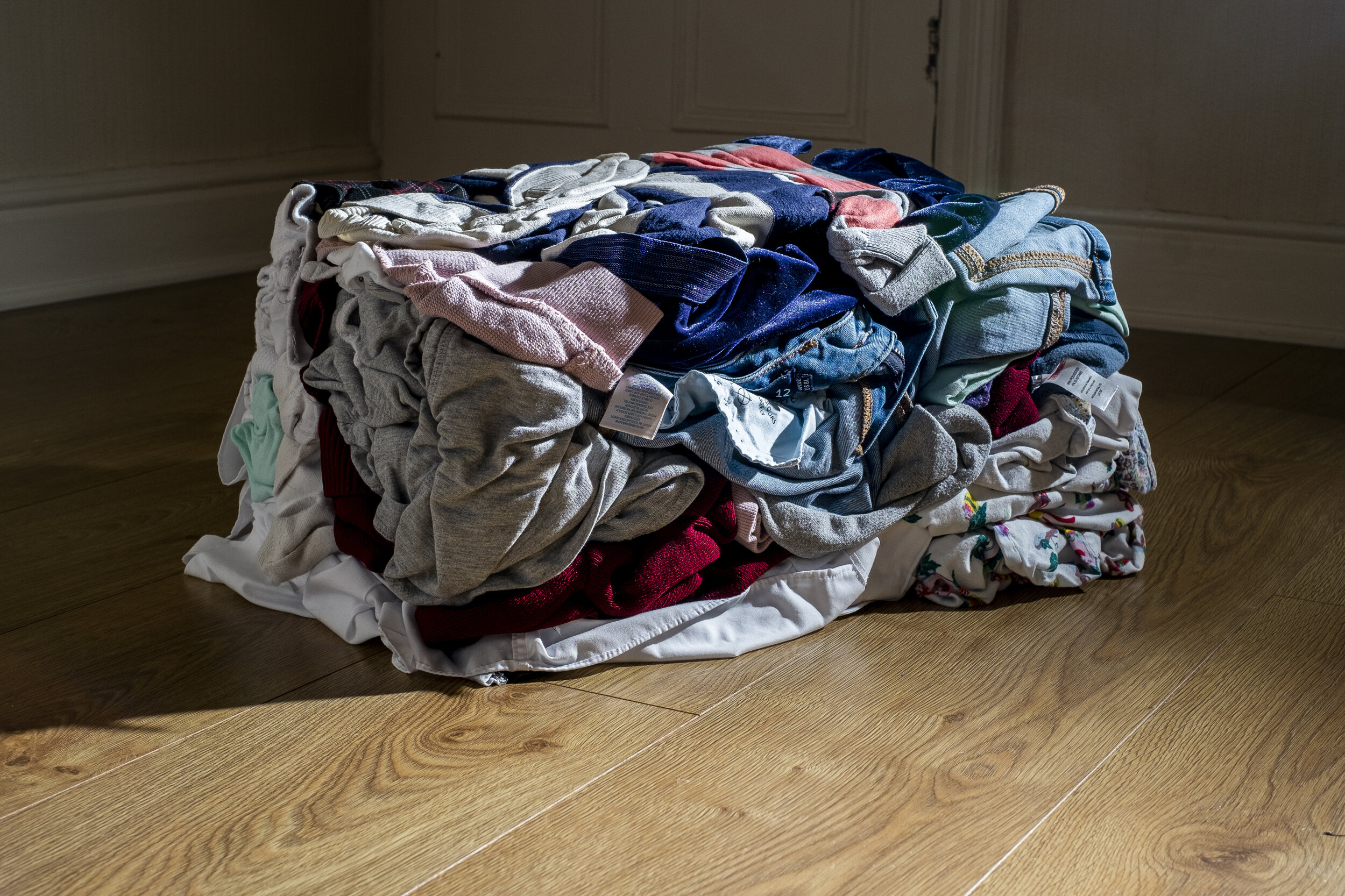A Corner of Home Philip Welding
A CORNER OF HOME
Philip Welding
Published 7 May, 2020
In the days that have passed and the days that are to come, we'll all be spending more time indoors. A Corner of Home collects photographic studies and new works made by artists in their immediate environments; small snapshots of the impulse to create.
Edited by Trine Stephensen and Joanna Cresswell
1. Where are you living at the moment and how has that environment shaped you creatively? Can you tell us about a favourite detail of this place and why?
I live in Yorkshire, currently working from home, and spending a lot of time with the family. Working from home and simultaneously homeschooling can be a difficult balance, but in between I steal back moments for creativity. Seriously though, my situation is fine under lockdown, and I know others have it much harder so I count my blessings.
My photographic practice was shaped by the workplace environment rather than the domestic space, which entered into my visual language gradually over the last few years. In the workplace I felt like a kind of unofficial ‘artist in residence’, making sculptures, scenes or objects from everyday materials and then photographing them. It was boredom that would first lead to creativity rather than a really clear intention to make art. There’s something very enticing about everyday objects in the workplace being used for alternative uses; rubber band balls, office pranks, doodles etc. The process of making artwork at work was also a small act of resistance to the demands of productivity, during stolen moments in between official tasks. At this point, ‘home’ was something separate from ‘photography’. I’ve since become interested in the sculptural potential of everyday objects wherever I stumble across them; in domestic spaces, in the street and in the workplace. In our house we have two kids and a labrador, which keeps me busy. It also means there is a lot of stuff in the house that can be used as raw material for photographs. Just like seeing the informal sculptures made by office workers influenced my earlier work, perhaps the kids' constructions are doing the same. My process has revolved around making photographs quickly, due to the illicit nature of production during office hours, and I seem to have continued this approach at home. The house is certainly providing a lot of inspiration at the moment.
2. How have you looked at the materials of home differently in the past weeks? Are there parts of it that have revealed themselves to you in new ways?
Actually, during the first few weeks of lockdown I kind of struggled to get motivated to make any photographs at all. It was a case of adapting to the new situation. Letting things settle down. Listening to a lecture by David Brandon Geeting and hearing about his self-quarantine residency helped me to break out of this quagmire, because it reawakened my awareness of the sculptural potential of things. As soon as I started making pictures again, it helped to make sense of an illogical situation. This is my house, not just a place that I rush to leave in the morning. These are the things I own, not just stuff that is in the way. They all have a function in my life, but they can also be repurposed, recombined, and reconfigured. I’m looking at the domestic space in a new way because of a heightened proximity to it; the relationship is one of continuity rather than simply necessity.
In the project BEINGS I photographed a wide range of subject matter, ‘matter’ being an important word. I got really into the idea that all the stuff in the world is made with an intended purpose, a reason to exist, and then, gradually this stuff has distributed itself around the globe, becoming detached from their original use-function. Sometimes, these things come together in pleasing ways. It might have been someone else that combined and left them for me to find, or it might have been me messing around. Either way, the potential of this for the transformation of the everyday is what really excites me.
So, since being in the house all the time, I’ve felt more attached to the spaces around me, and my relationship to the objects I’m photographing feels less fleeting, despite the structures still occupying a temporary and ephemeral place.
3. Tell us about how you’ve been using photography lately? What are you making or putting in front of the lens?
I think, like most people at the moment, I’ve been using photography within increasing limitations. However, working within limitations – of time, of materials – has often been the norm for me when making art at work. The objects and scenes that I am able to photograph have been rationed, so I am trying to open up my mind to what is and can be photographable. This was in some way my intention with the previous project, BEINGS, so the last few weeks in lockdown has provided an opportunity to take this further.
My daughter broke her arm during the first week of lockdown, and the cast has only just come off. Photographing this felt significant. Maybe the things that I photograph during this time will become ‘about’ COVID-19 in some way, but I hope not. Photography has become an interesting way of making sense of things in these crazy times. However, by that I don’t mean that it clarifies anything. Maybe the opposite. I see photography as a transformational tool, and so I hope to look at the photograph and be surprised. Laugh even. Or not think about much at all.












